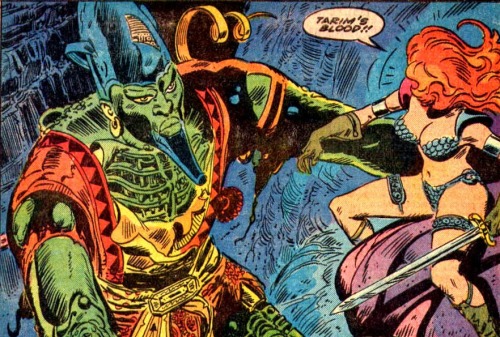The city-state of Lookshy is pretty easy to get a handle on: it's Sparta-Shogun era Japan to the Realm's Imperial China-Imperial Rome. "Sparta-Shogun era Japan" is a pretty nice combo for a more Sword & Sorcery Exalted, so it's an easy one to work with.
The name I'm not to fond of though. I'd say it's a bad transliteration of Lukshi or Luk Shi, so that's easy enough to fix. Given it's origins as the holding of an old Realm legion, I think its Sparta character should really be pushed in a Republican Rome sort of direction (making the Realm more later Empire or even Byzantium) to take into account their conservative adherence to traditions likely abandoned in the Realm.
Visually, I think I would go with the Japanese influence, but use the look of armor from an earlier era than the more Tokugawa illustrations in things like The Scavenger Lands.
Add a few Roman Legion flourishes and maybe more Greek style helmets for parades and I think it works.
A difficult bit for a lower-powered, Sword & Sorcery take on things are the warstriders. I think they are easy enough to remove, but I don't really believe that's necessary. Mecha type things are not without precedent in four-color Sword and Sorcery, at least:
I think they get easier to envision if they look like Daimajin above or maybe the Shogun Warriors. Maybe a bit less colorful that those guys.
One interesting tidbit from the initial setting description is the mention of Lookshy (Luk Shi!) Dragon-Blooded intermarrying with a "federation of outcaste bandits" called the Forest Witches. Maybe I missed it, but the Forest Witches don't seem to show up again in Scavenger Sons or 2nd edition material. It's not a major point, but it makes me think of both the "rivers and lakes" of the Jianghu and Fuqua's King Arthur, with the Forest Witches as the Picts. Jianghu Picts, perhaps?




.png)


















